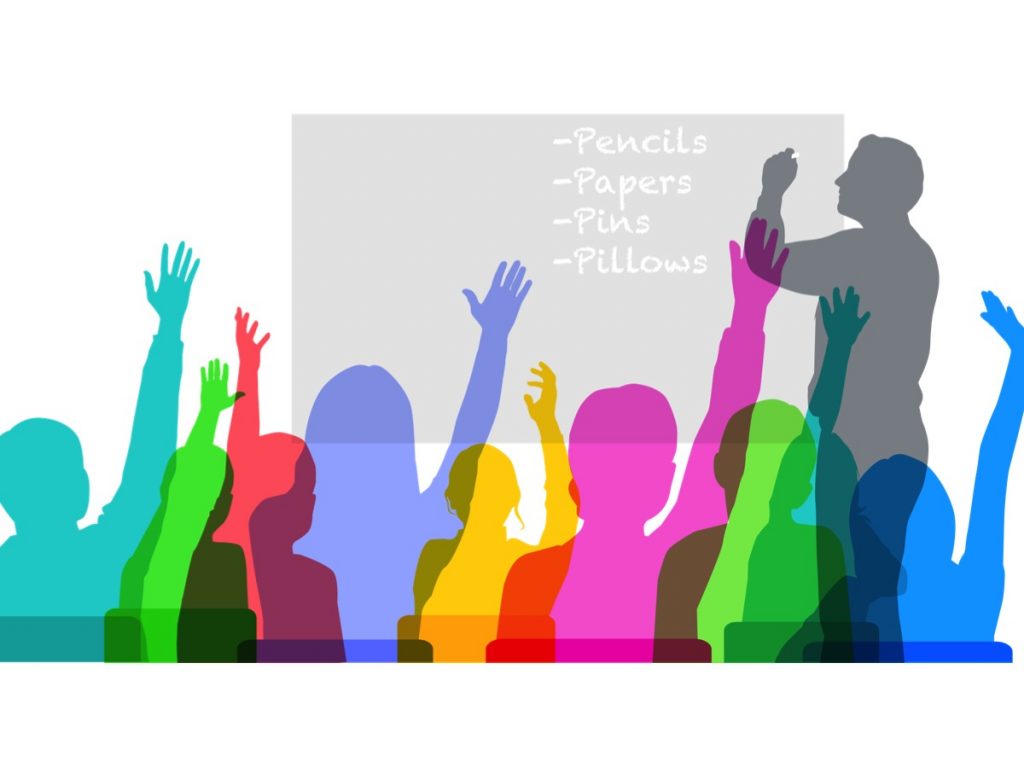
Explicit instruction is a key element of phonics-based teaching. But what exactly is explicit instruction? Let’s look at an example.
Mr. Javier’s kindergarten class is also focusing on the letter “p” today. He writes the letter “p” on the board and asks the class, “Who knows what letter this is? What sound does it make?” After the class agrees that this is the letter “p” and it makes a “puh” noise, Mr. Javier asks the class to think of as many words as they can that start with “p.” Together they come up with a list that Mr. Javier writes on the board. Then Mr. Javier asks the class to walk around the classroom. Can they find any other things that start with the letter “puh, puh puh, ‘p’”? Pencils, paper, pins, pillows! Mr. Javier writes the new items on the board.
Then, Mr. Javier picks a book to read to the class: “Princess Prunella and the Purple Peanut.” The book is full of words that begin with “p” and rhymes! The class loves the book. Mr. Javier asks them if there were any new words in the book they don’t have on their “p” list yet. The class has lots of ideas. Parsley! Pocket! Pride! Finally, Mr. Javier asks the class to make up and draw their own story using words that start with the letter “p.”
In this example, Mr. Javier used explicit instruction. Explicit instruction involves introducing and explaining a concept, as he did when he introduced the letter “p” on the board. It also involves practicing. Mr. Javier’s class learned the “p” sound and did several activities, like searching for items that begin with “p” to practice with and learn the letter.
What else could Mr. Javier have done to extend his student’s learning even more? Maybe he could show how other letters combine with “p” to make simple words: “p” “a” “t” – the name Pat. Take a moment to jot down some other ideas.
-
- Dyslexia
- a learning disability characterized by poor spelling and difficulties with word recognition and word decoding. It is unrelated to intelligence, motivation, or school experience
- Explicit instruction
- systematic and direct teaching that takes into account students’ prior knowledge
- Phonics-based reading instruction
- teaching focused on how letters represent sounds and how words can be sounded out by knowing letter-sound correspondences
- Plasticity
- the brain’s ability to change as a result of experience